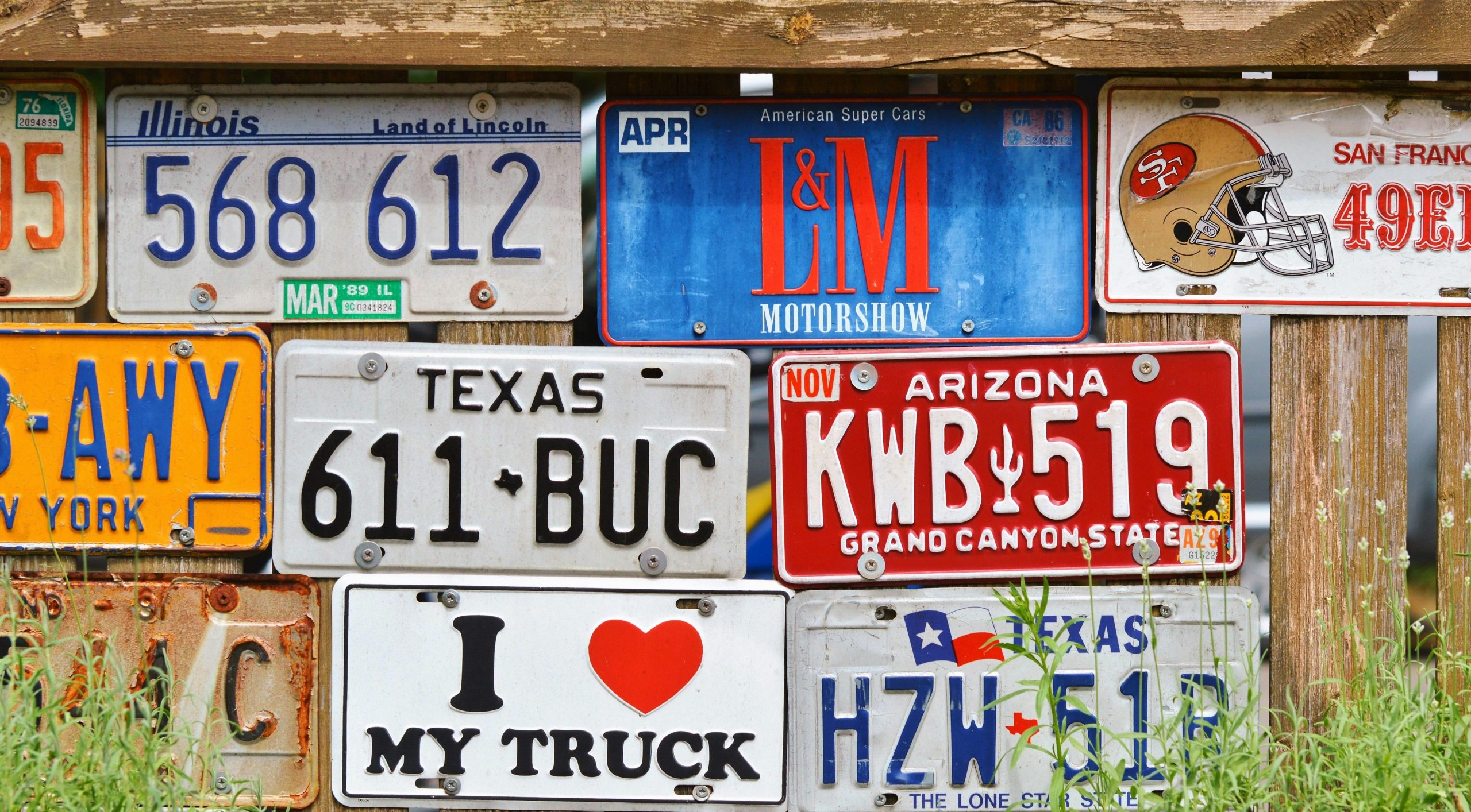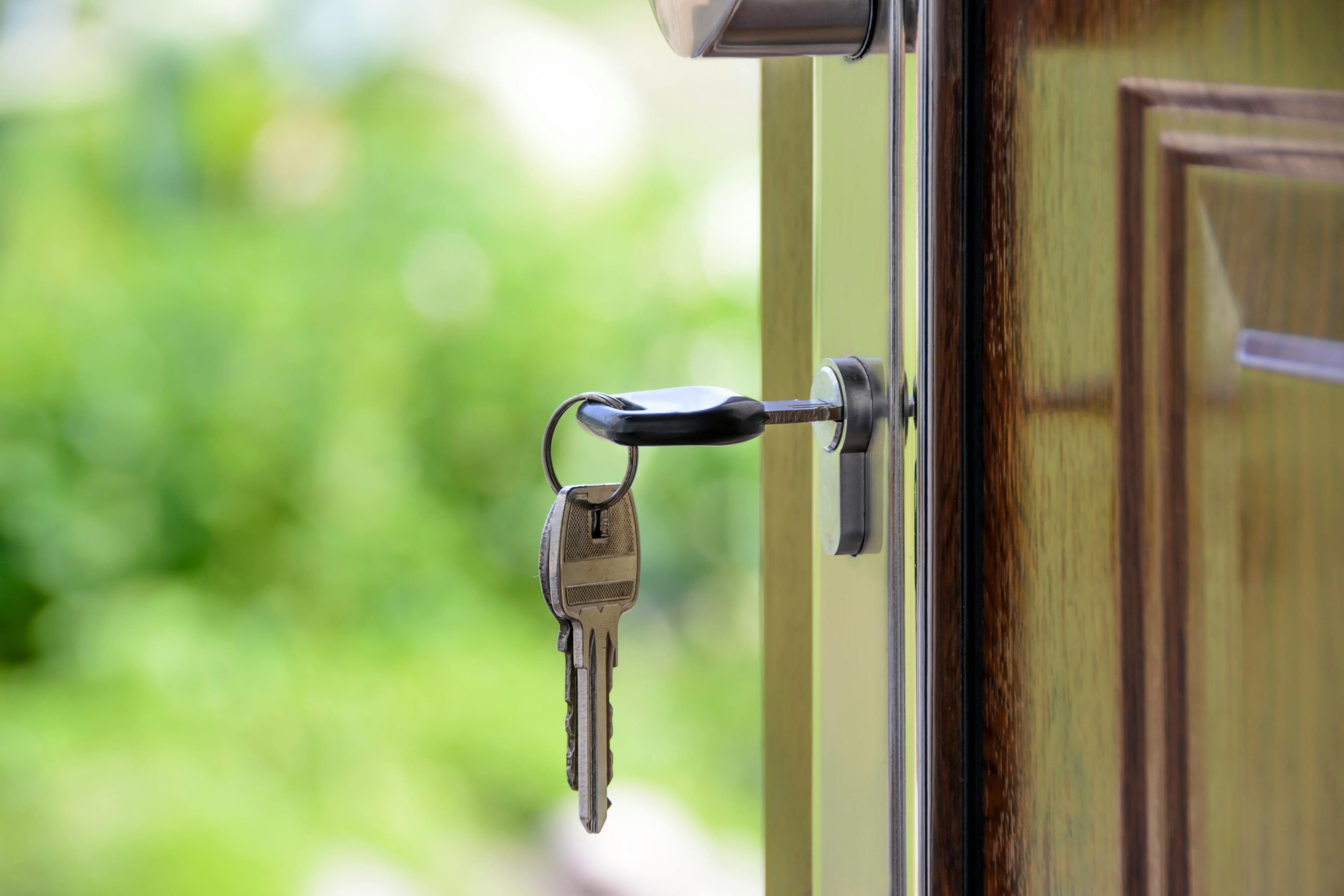What to Do When Insurance Denies Coverage After a Tree Fall: Navigating Disputes Between Experts and Claims
Experiencing property damage can be stressful, especially when it involves a fallen tree damaging your structures. Recently, a property owner faced this challenge after a tree collapsed onto their shed. An experienced local arborist assessed the situation, indicating that wind and rain contributed to the fall. However, the insurance company disputed this, asserting that only rain was responsible and subsequently denying the claim.
This scenario raises an important question: Is it common for insurance providers to overturn expert assessments like those from certified arborists? Moreover, how can policyholders effectively contest such decisions when no claim inspectors have even visited the property?
Understanding Insurance Disputes with Tree Fall Claims
Insurance policies for property damage typically specify coverage conditions and may include exclusions related to natural events like wind, rain, or storms. Sometimes, disagreements arise over the primary cause of damage, especially when multiple weather factors are involved. Insurance companies might deny claims if their assessments conclude that only certain perils are responsible, viewing others as outside the scope of coverage.
Challenges in Contested Claims
In cases where an insurer disputes expert opinions, policyholders often find themselves in complex positions. Without onsite inspections or comprehensive evaluations, these denials can seem arbitrary or unfair. It is somewhat unusual for insurance adjusters to deny a claim without firsthand assessment, especially when an independent, certified expert has provided a professional opinion supporting coverage.
Steps to Consider When Facing Denied Claims
-
Request a Detailed Explanation: Contact your insurer for a clear, written rationale behind the denial, citing specific policy clauses or reasons.
-
Gather Supporting Evidence: Collect all relevant documentation, including the arborist’s report, photographs of the damage, and any weather reports that support the occurrence of wind and rain.
-
File an Appeal: Most insurance companies have an appeal process. Present your supporting evidence and request a re-evaluation, possibly including an independent claims adjuster.
-
Consult a Public Adjuster or Legal Expert: If initial appeals are unsuccessful, consider seeking advice from a public adjuster or an attorney specializing in insurance claims. They can offer guidance on your rights and help formulate a more robust appeal.
-
Engage State or Local Insurance Departments: If you believe your claim was unjustly denied, filing a complaint with your state insurance commissioner can sometimes prompt further review.
Conclusion
When a fallen tree causes property damage,



